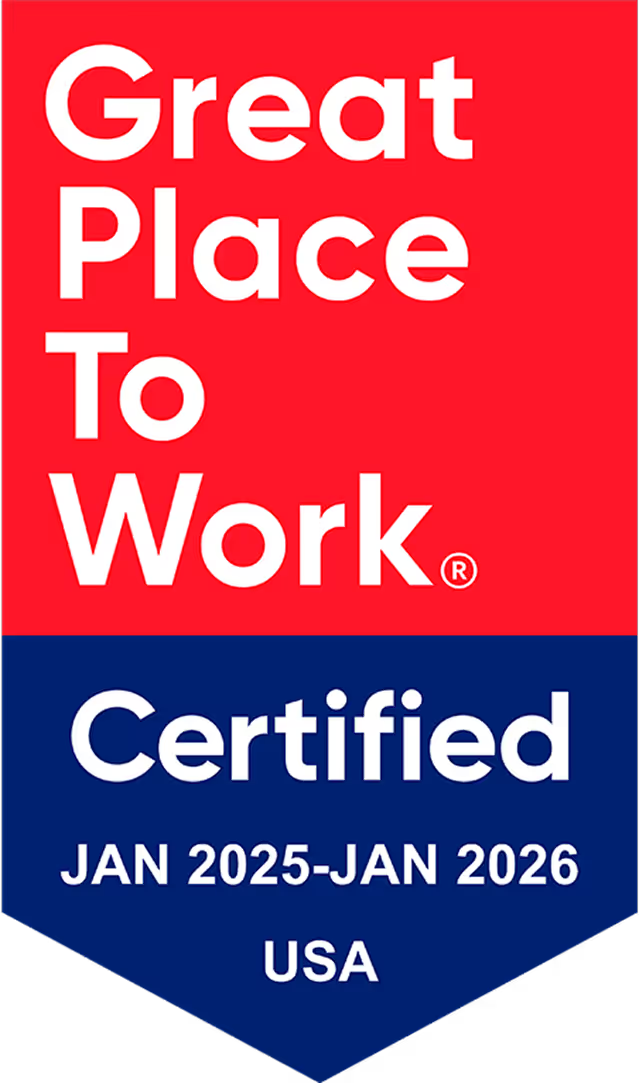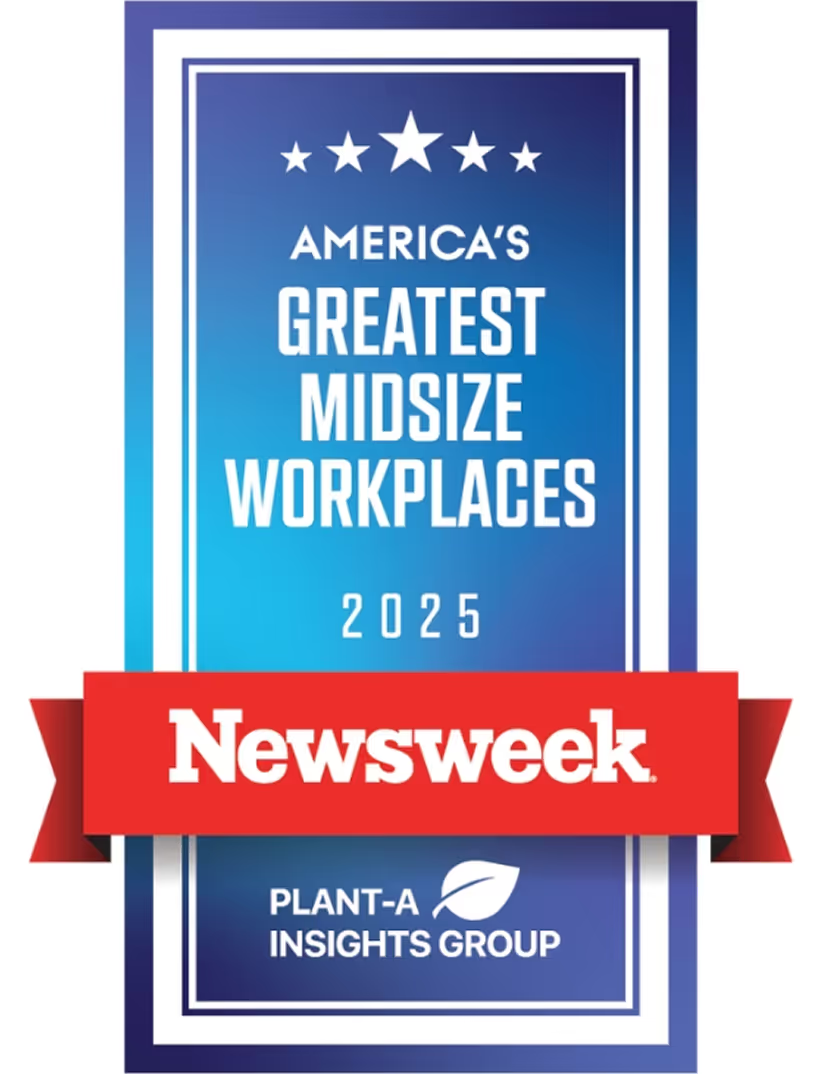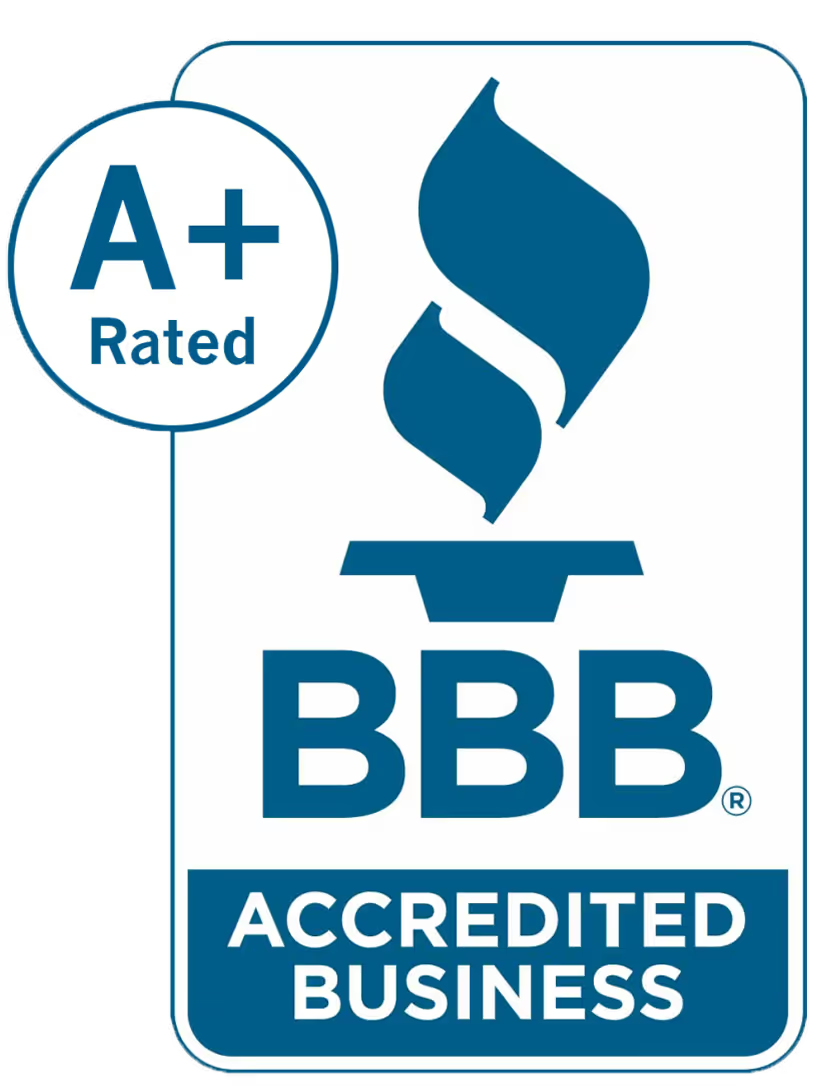The Power of the Party: How Social Committees Turn Buildings into Communities
In any given neighborhood, there are two types of people: those who know their neighbors’ names, and those who avoid eye contact in the elevator like it’s a hostage negotiation. Most communities want the former. Too many settle for the latter. Enter: the Social Committee.
In any given neighborhood, there are two types of people: those who know their neighbors’ names, and those who avoid eye contact in the elevator like it’s a hostage negotiation. Most communities want the former. Too many settle for the latter.
Enter: the Social Committee.
It’s not just a party planning posse. Done right, a Social Committee is a strategic engine for connection, goodwill, and even value appreciation. Yes, there’s confetti. But there’s also culture, leadership, and measurable impact.
Let’s break down how you take a building or a block and turn it into something more.
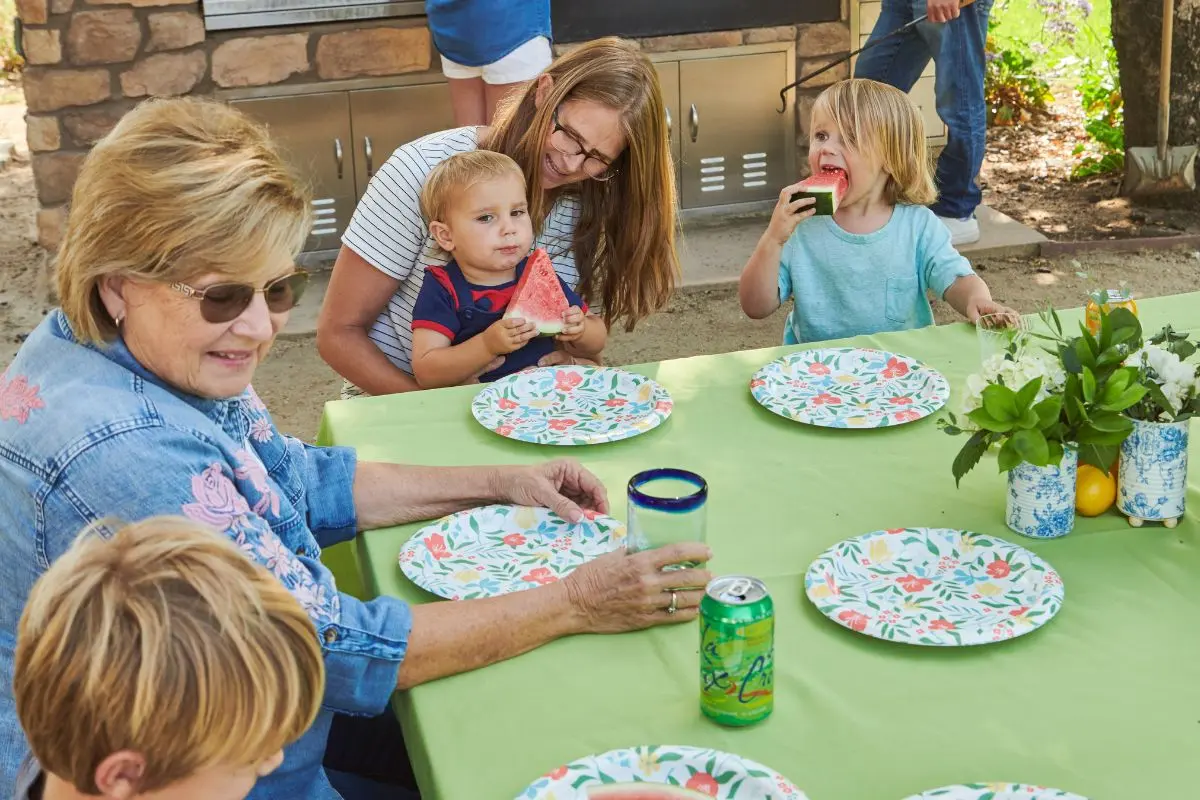
Step 1: Build Your Dream Team (They’re Closer Than You Think)
This isn’t about creating a new branch of government. You just need a handful of people who care. The kind who will show up early, stay late, and maybe bring cupcakes.
But where do you find them?
Start with the usual suspects:
- The residents who already volunteer—the ones who help with decorations, landscaping days, or community garage sales.
- People who show up to board meetings (yes, even if just to complain—they care enough to be involved).
- The social butterflies—that neighbor who seems to know everyone’s dog’s name.
- Residents in education, hospitality, event planning, or nonprofit work—they often bring experience and passion.
Don’t overlook:
- New residents – They’re often eager to connect and make friends.
- Retirees or empty-nesters – They may have the time and love giving back.
- Parents – Especially those looking to build a stronger kid-friendly community.
Can board members be on the Social Committee?
Yes—but ideally not the entire committee. One board liaison is helpful to keep communication smooth and decisions aligned with HOA policy, but the bulk of the committee should be regular residents. That creates buy-in and distributes responsibility.
How to recruit them:
- Announce the opportunity in your community newsletter, app, or bulletin board.
- Personally invite residents you think would be a good fit. A tap on the shoulder works better than a flyer.
- Host a short kickoff meeting or info session (with snacks—always snacks).
- Make it easy: clear expectations, low time commitment (monthly meetings + event support), and a shared mission.
You’re not looking for superheroes. You’re looking for people who care. Find a few, and the rest will follow.
.jpg)
Step 2: Know Your Why
Before the first balloon is blown up, you need to know what you’re aiming for.
Social events aren’t just about entertainment. They’re about outcomes. Here are a few common targets:
- Connection: You want neighbors to know each other. Why? Because people take better care of the place they feel part of.
- Pride: You want residents to be proud of their community. Pride shows up in maintenance, attitude, and property value.
- Retention: Happy residents stay longer. They complain less. They even—gasp—attend meetings.
- Reputation: Communities with active, visible engagement stand out to buyers. That’s not theory—that’s real estate math.
So define your “why.” Then let the committee run wild on the “how.”
Step 3: Start with One Great Event
This isn’t the Met Gala. You don’t need perfection. You need momentum.
Pick a Format:
- Community BBQ – food, music, bounce house if you’ve got a family-heavy property
- Ice Cream Social – low lift, always loved
- Outdoor Movie Night – projector, popcorn, and a Pixar film
- Food Truck Fridays – no cleanup, great for urban/high-rise settings
- Holiday Mixer – pick any holiday and give it a twist (Christmas in July, anyone?)
The goal of the first event is simple: show that something fun can happen here. No pressure. Just prove it’s possible.

Step 4: Add Purpose
Once people show up, give them a reason to care even more. That’s where purpose-driven events come in.
Here’s the formula:
Social + Impact = Community Bonding on Steroids
Examples:
- Pair a movie night with a food drive
- Add a donation station to the BBQ for a local pet shelter
- Host a “Beach & Clean” where you offer snacks and shade after a morning cleanup
- Run a toy drive with a tree lighting
People want to give. Sometimes they just need a well-decorated excuse.

Step 5: Get Funding That’s Not Just from Dues
Let’s talk dollars.
Yes, the board can (and should) budget for community events. But great Social Committees don’t stop there.
Sponsorships are your secret weapon.
Here’s how you pitch it:
“We’re expecting 60+ residents, your name on signage, shoutouts in emails and our social feed, and maybe even branded napkins. Interested?”
And guess what? Most vendors want to say yes. They want to be seen as part of the community. Whether it’s your landscaping company, local coffee shop, or a real estate agent looking to make connections—this is exposure they actually want.
You can also:
- Host raffles with donated gift cards or items
- Offer low-cost ticketing for charity-linked events
- Crowdsource via optional Venmo donations (residents are more generous than you think)

Step 6: Track It Like It Matters—Because It Does
If 75 people come to your summer movie night and you raise $1,000 for the food bank, that’s a win. But if no one tracks it, did it even happen?
Create a simple post-event wrap-up:
- Attendance numbers
- Funds raised or donated
- Resident quotes or photos
- What worked / what didn’t
- How many vendors or sponsors contributed
Then present it to the board—and even better, to the whole community. Celebrate the wins.
Why? Because success inspires permission. The more people see that these events are real, meaningful, and well-run, the easier it is to get support next time.

Real-Life Proof: A Christmas in July Success Story
In July, the residents of Barker Block in Los Angeles pulled off something bold: a holiday-themed benefit event in the middle of summer. And it worked spectacularly.
Soirée in the Sun: A Christmas in July Benefit was the first event of its kind hosted by the community—and it didn’t just bring people together. It raised serious funds.
Event Highlights:
- Holiday-in-July theme with full festive flair
- 113 total guests (residents, vendors, and supporters)
- Vendor raffles, entertainment, food, drinks, and summer cheer
By the Numbers:
- $4,100 raised in Eventbrite ticket sales
- $1,941 raised in raffle ticket sales
- $9,150 in vendor and owner sponsorships
- Total Raised: $15,191
- Expenses: $7,148.83
- Net Donation Profit: $8,042.17
What began as a vision for a single event will now continue into a second benefit in October—expected to surpass $10,000 in donations alone.
Beyond the money raised, the event created a sense of momentum, pride, and purpose across the community. Residents mingled. Vendors showed up. And Barker Block now has something few associations can claim: a community-driven social impact tradition.
That’s the power of the right idea, the right committee, and the right cause.
The Big Idea
Social impact isn’t fluff. It’s strategy.
It builds trust. It strengthens communication. It creates pride of place—and people treat with care what they feel proud of.
The Social Committee isn’t just about planning the next taco night. It’s a leadership development lab, a community engagement engine, and—yes—an ROI driver.
So if your HOA doesn’t have one yet, start one.
If you already do, give them the budget and trust to do something great.
Because the secret to a strong community? It starts with showing up, sharing a laugh, and maybe passing the potato salad.

Want help getting started?
At Action Property Management, we help Associations build meaningful engagement programs, connect with sponsors, and create event strategies that turn neighbors into a community.
Let’s get your Social Committee in motion.
Check out our podcast library
Check out podcast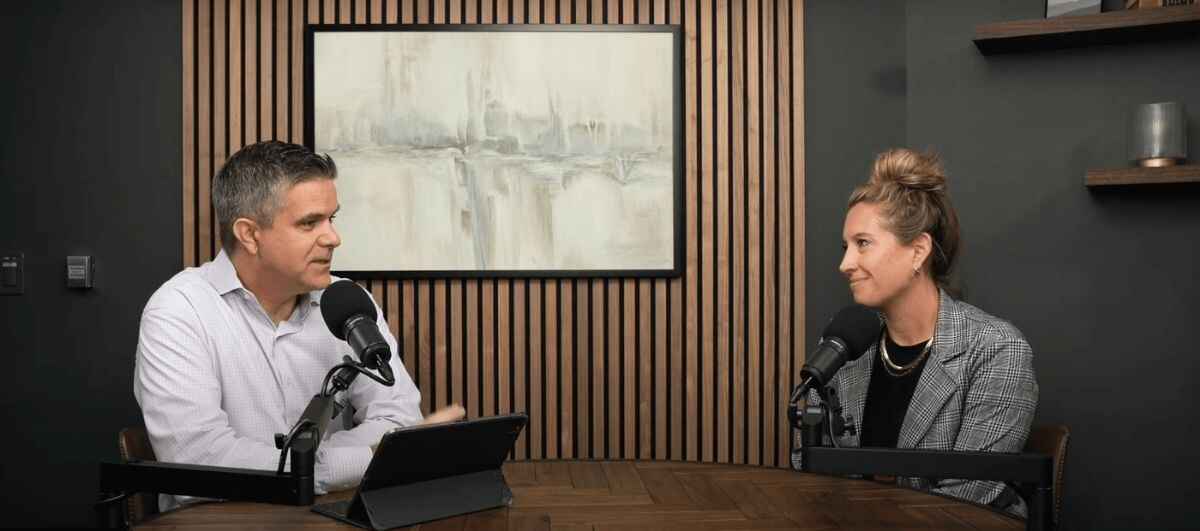



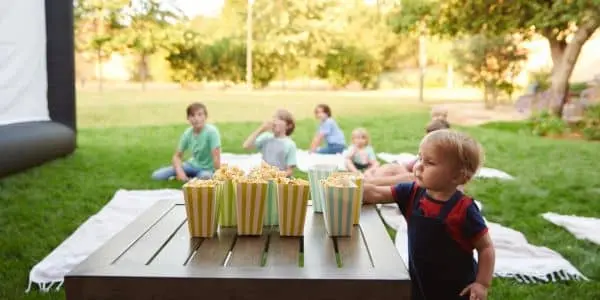

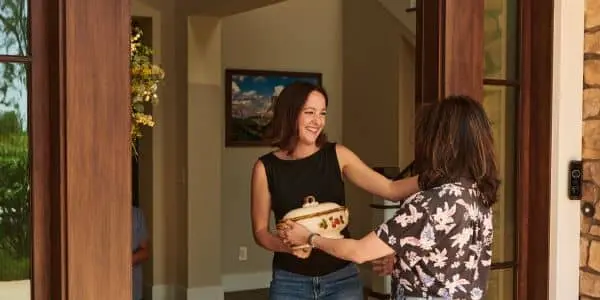



.svg)






